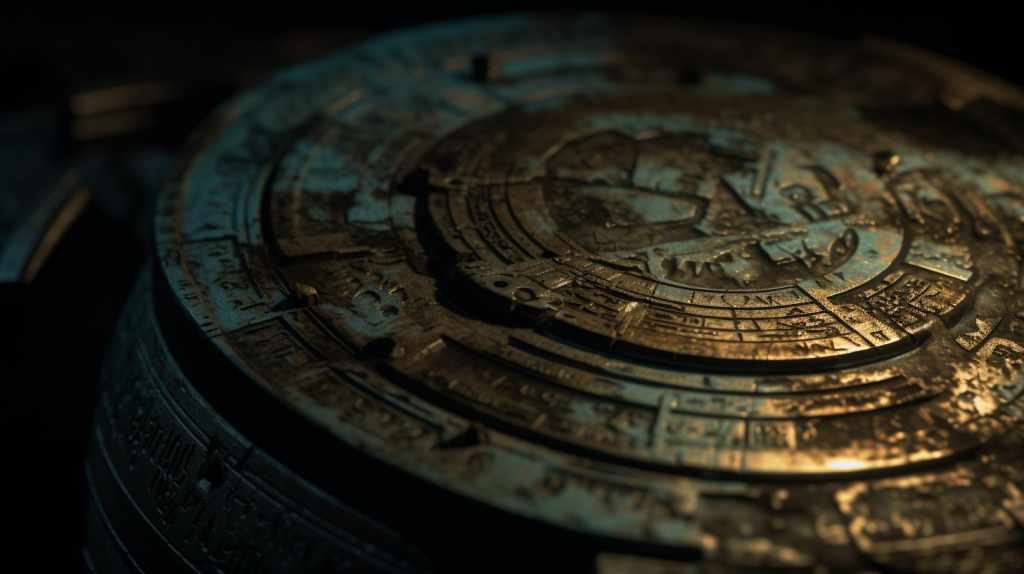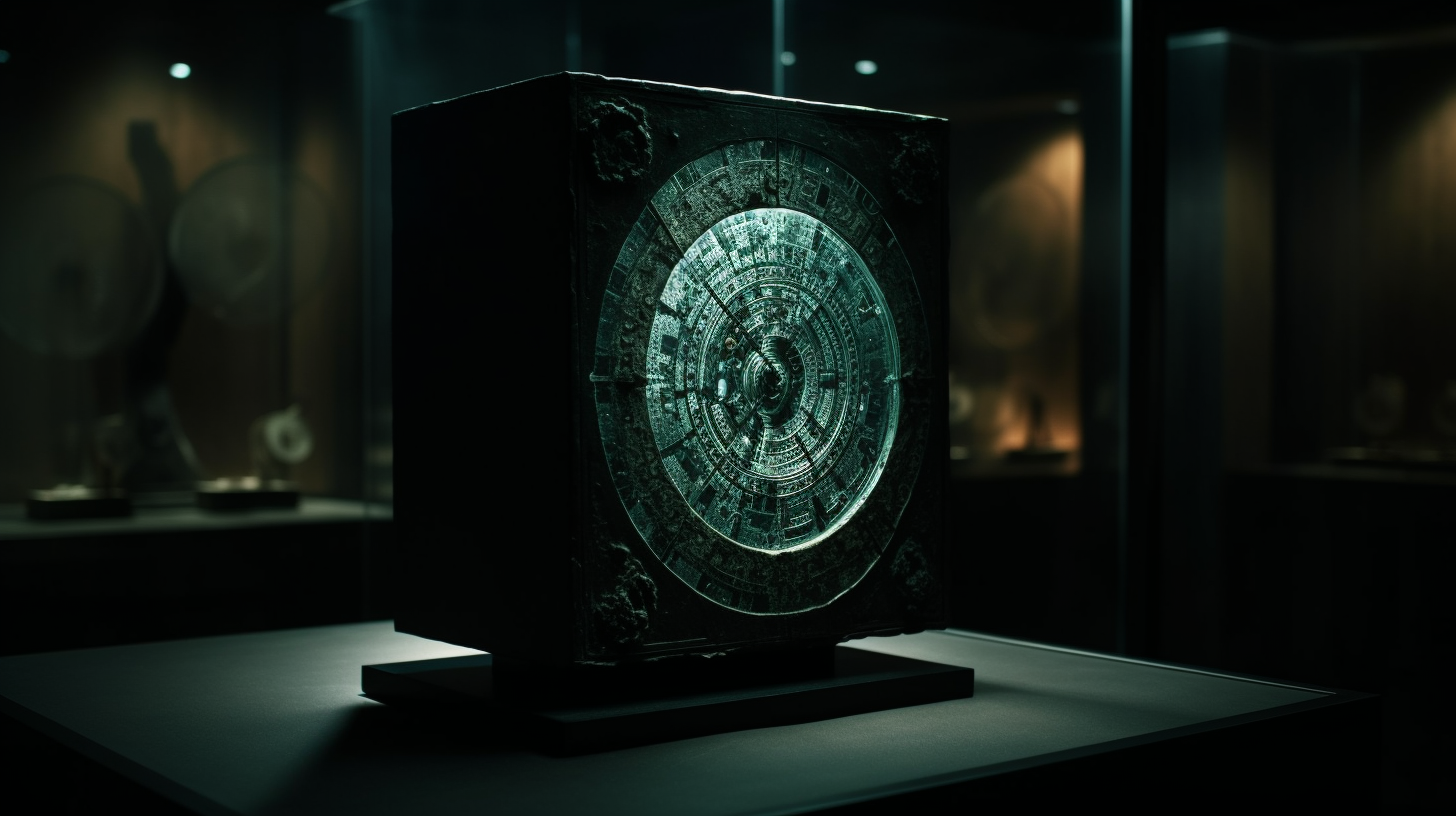The Antikythera Mechanism, a marvel of ancient engineering, has intrigued historians, archaeologists, and scientists for over a century. Discovered amidst the wreckage of an ancient Greek ship off the coast of Antikythera island in 1901, this extraordinary artifact is considered by many to be the world’s first known analog computer.
The Discovery
The Antikythera Mechanism was found by sponge divers exploring the remains of a shipwreck. Initially, the device was overlooked, as other valuable artifacts such as statues and coins overshadowed it. However, upon closer inspection, the strange bronze object comprised of complex gears and inscriptions began to capture the attention of the scientific community.

The Design and Function
Roughly the size of a shoebox, the Antikythera Mechanism consisted of more than thirty interlocking gears inscribed with precise calculations. Upon studying the device, scientists discovered it was designed to track the sun’s path, moon’s phases, and even the movement of known planets across the sky, aligning with the complex cycles of the Greek calendar.
The level of sophistication and precision demonstrated by the mechanism’s engineering is remarkable. It showcases a deep understanding of astronomical phenomena and mechanical gearing – knowledge that was thought to have been beyond the capabilities of the ancient Greeks.

Modern Analysis and Revelations
With the aid of modern technology, including X-ray scanning and 3D imaging, researchers have been able to delve deeper into the mechanism’s mysteries. The scans revealed tiny, hidden inscriptions within the mechanism, providing further insights into its functions. It appears to have been a comprehensive astronomical tool, capable of predicting lunar and solar eclipses, along with the dates of forthcoming Olympic Games.
Legacy and Significance
The Antikythera Mechanism has significantly impacted our understanding of ancient Greek technology and astronomical knowledge. Its complex design and functionality suggest that ancient civilizations had a far more advanced scientific understanding than previously believed. As such, it stands as a testament to the technological prowess of the ancient Greeks and a symbol of the early origins of computer technology.
Reflections on the Mechanism
Over a century after its discovery, the Antikythera Mechanism continues to fascinate scientists, historians, and the general public. As a remarkable embodiment of ancient ingenuity, it provides a captivating glimpse into the depths of classical knowledge and skill. As researchers continue to unlock its secrets, we can only anticipate what further surprises this ancient marvel may still hold.




